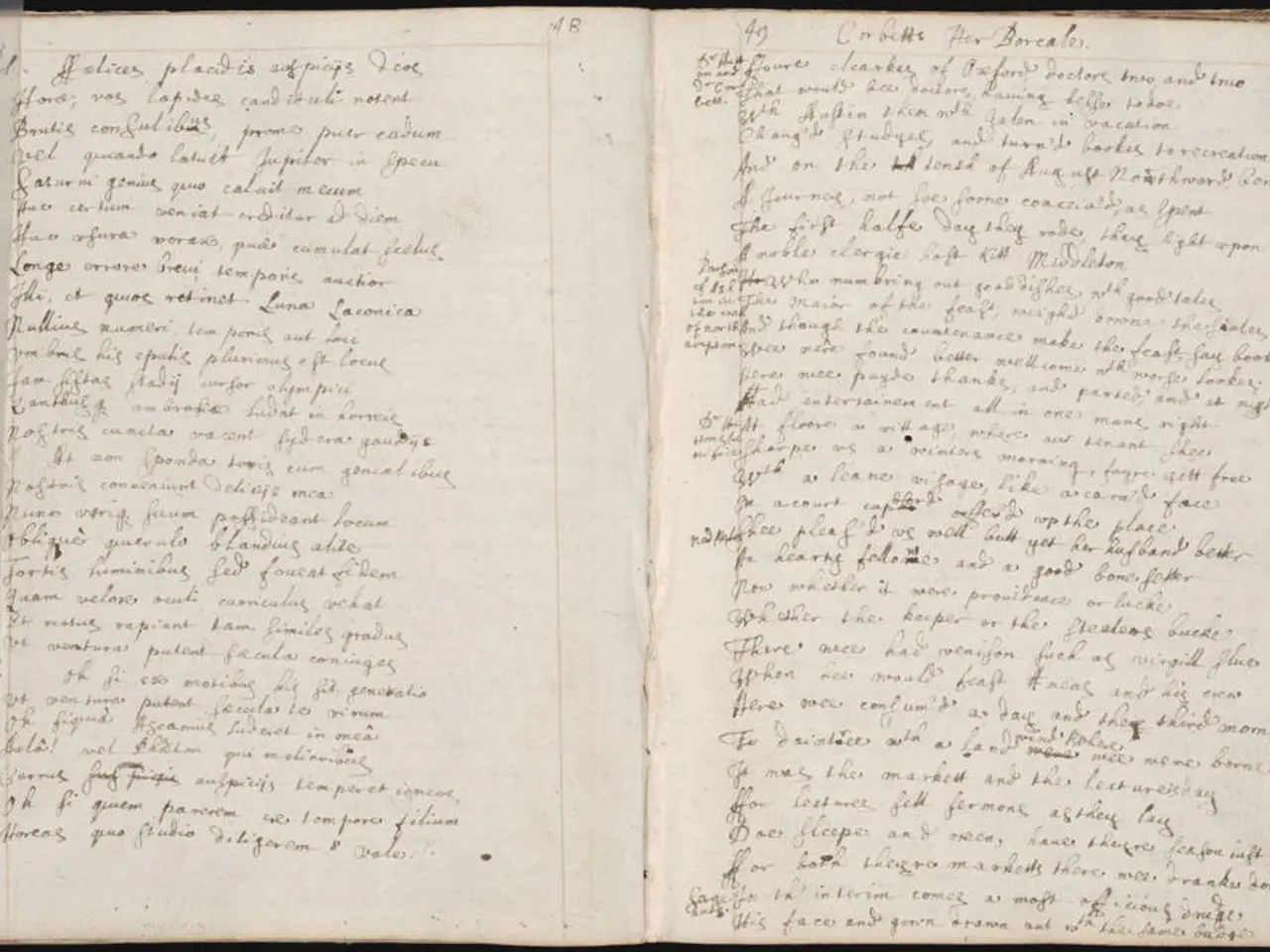Distributable Learning Materials for Education (LME): Accessible teaching resources designed for equitable educational practices.
In the rapidly evolving world of education, Open Educational Resources (OER) are increasingly becoming a cornerstone for institutions seeking innovative ways to engage learners. These openly licensed resources, which include textbooks, course materials, videos, tests, software, and other tools, are freely available for use, modification, and sharing under Creative Commons licenses.
Creating and sharing OER involves a range of considerations, from content creation and accessibility to licensing and community engagement. Here's a synthesis of current recommendations for various subjects:
## Best Practices for Creating OER
1. **Select and Customize OER with Licensing in Mind** - Choose the Right License: When adapting or creating OER, select an appropriate Creative Commons license that matches your intent for sharing and allows others to reuse, remix, and redistribute your materials. - Provide Editable Formats: Share your materials in formats (such as Markdown, Word, or Google Docs) that are easy for others to modify and adapt for their own use. - Adapt and Remix Existing OER: Utilize existing OER as a foundation, adapting them for your subject area while maintaining attribution and respecting original licenses.
2. **Ensure Accessibility and Inclusivity** - Design for All Learners: Incorporate accessible design principles, including alt text for images, clear headings, and navigable structure. This ensures that OER are usable for students with disabilities. - Use Universally Accessible Tools: Create and share OER using platforms and formats that are widely accessible and supported across devices.
3. **Foster Collaboration and Community** - Involve Peers and Students: Engage colleagues and students in the creation or adaptation process. Students can contribute assignments, research, or even co-author textbooks, as seen in some university programs. - Participate in Communities of Practice: Join or establish groups that focus on sharing experiences, best practices, and resources for OER creation and adoption.
4. **Maintain and Update OER** - Keep Content Current: Regularly review and update your OER to ensure accuracy and relevance, correcting errors and incorporating new information as needed. - Encourage Feedback: Invite users to provide feedback, which can help improve the quality and usefulness of your materials.
## Best Practices for Sharing OER
1. **Choose the Right Platform** - Use Repositories and Portals: Share your OER through established repositories (such as OER Commons, MERLOT, or institutional repositories) to increase discoverability. - Consider Hosting Options: Decide whether to host your OER on your own website, your institution’s learning management system, or a public repository, ensuring easy access for others.
2. **Use Clear Licensing and Attribution** - Clearly Label Licenses: Ensure that your OER are marked with the appropriate Creative Commons license, making it clear how others can use, adapt, and share your work. - Provide Proper Attribution: Acknowledge original creators and contributors, setting an example for others to follow.
3. **Promote and Communicate** - Announce Your OER: Share your work with your institution, professional networks, and relevant OER communities to encourage use and adaptation. - Offer Support: Be available to answer questions and provide guidance for others interested in using or adapting your materials.
## Example OER Types Across Subjects
| Subject Area | Example OER Types | |-------------------|-----------------------------------------------------| | Humanities | Syllabi, lesson plans, open textbooks, discussion prompts | | Sciences | Lab experiments, simulations, course videos | | Social Sciences | Case studies, datasets, interactive modules | | Health | Open textbooks, patient care simulations | | STEM | Problem sets, coding exercises, interactive labs |
By following these best practices, educators can create and share high-quality OER that benefit learners across a wide range of subjects and institutions.
Some current OER resources include Open Textbook Library and OpenStax, OER Commons, the Internet Archive, Saylor Academy, Free Book Spot, The Composition Reading Bank, and Project Gutenberg. These resources offer a wealth of opportunities for educators and learners to access and contribute to a growing body of open educational materials.
Incorporating online education and self-development, one could create and customize OER by selecting suitable licenses, providing editable formats, and adapting existing OER for their specific subject area. Additionally, fostering collaboration and community among peers and students can lead to the development of high-quality, inclusive, and up-to-date OER. This may involve engaging in communities of practice and co-authoring textbooks or research projects with students.




